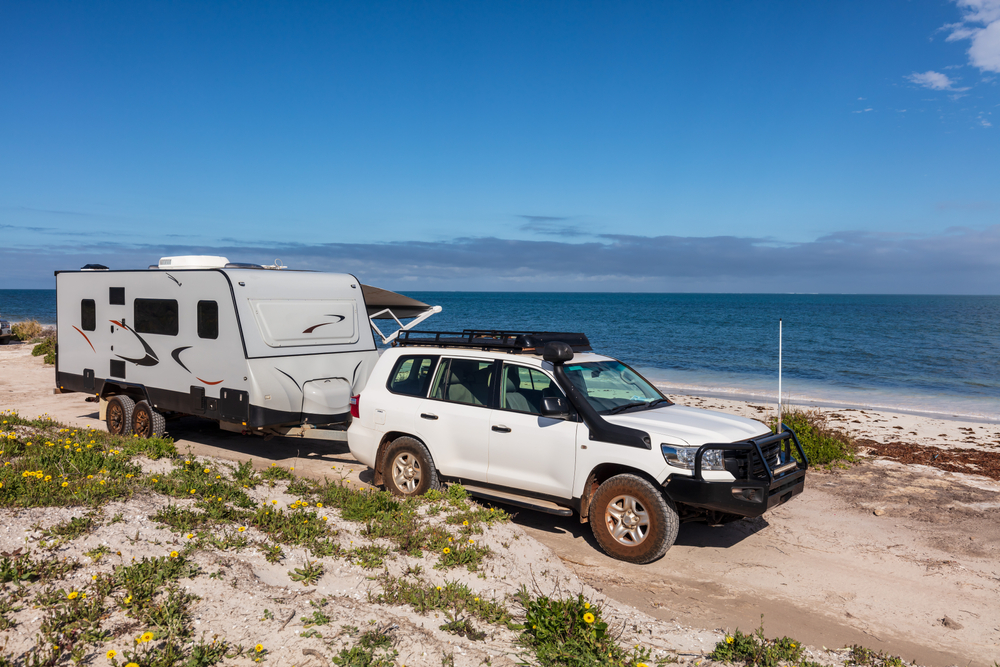The treasurer is concerned aggressive interest rate hikes by the US central bank will add to inflationary pressures in Australia.
He told reporters the widening gap between interest rates in the US and Australia risked flowing through to higher inflation in our economy.
“When there’s a big and widening gap between US interest rates and Australia, which is putting downward pressure on our currency, that makes imports more expensive,” he said in Canberra.
“And that has implications for inflation.”
The RBA downgraded its rate hikes to 25 basis points in October despite most major central banks continuing their aggressive policy tightening in a bid to tame inflation.
The treasurer will fly to Washington on Tuesday night ahead of his first budget to meet with the head of the US central bank, IMF and World Bank bosses and finance ministers from other developed nations.
Climate change, debt, energy and food security and multinational institutions will be among the topics discussed.
“But most of all, it’s an opportunity to take the temperature of the deteriorating global economy to properly understand what it means for us, as the government puts the finishing touches on the budget,” Dr Chalmers said.
The treasurer also said he was concerned about stubbornly high energy prices flowing through to inflation.
“One of the reasons why this inflation will hang around longer than we want it to is because there are expectations around these electricity price rises being more problematic for longer,” he said.
In the lead-up to the election, Labor promised to lower electricity bills by $275 by 2025.
Dr Chalmers said the global economy was facing its third substantial economic downturn in the past decade and a half.
However, he was positive Australia’s economy would be spared.
“I’m optimistic about our economy but first we’re going to have to navigate what are increasingly difficult global conditions,” he said.
Despite his positive outlook, consumers are growing increasingly worried.
Consumer sentiment dropped to near record lows in October, according to the monthly Westpac Melbourne Institute index.
The 0.9 per cent drop to 83.7 was less severe than Westpac economists expected, with the smaller-than-expected 25 basis point rate hike last week likely cushioning the fall.
Weekly confidence as measured by ANZ and Roy Morgan also dipped by 1.1 per cent last week.
But consumers are still spending. Monthly Australian Bureau of Statistics data showed the 18th consecutive rise in household spending, which is up 29 per cent compared to this time last year.
There was a boost in spending across every category, with clothing and footwear up by as much as 75.8 per cent compared to this time last year when COVID lockdowns were still lingering.
NAB’s monthly business survey also revealed another strong performance in September, with business conditions lifting three points and returning to pre-COVID levels.
“Clearly, consumers are still finding a way to keep spending, with the very strong labour market, savings buffers and a broader post-pandemic recovery all playing a role,” NAB economist Alan Oster said.
However, CommBank’s housing spending intentions index, which draws on CBA payments data, loan application information and Google Trends data, fell 0.5 per cent in September.
The fall to 114.9 in September from 115.5 the month before suggests higher interest rates are finally starting to influence spending habits.
Poppy Johnston
(Australian Associated Press)




